Find the Best Treatment for Your Road
What is the primary distress of your road?
What is the distress level of your road?
What is the surface type of your road?
What type of road are you treating?
What is the daily traffic condition of your road?
Here Are Your Solutions
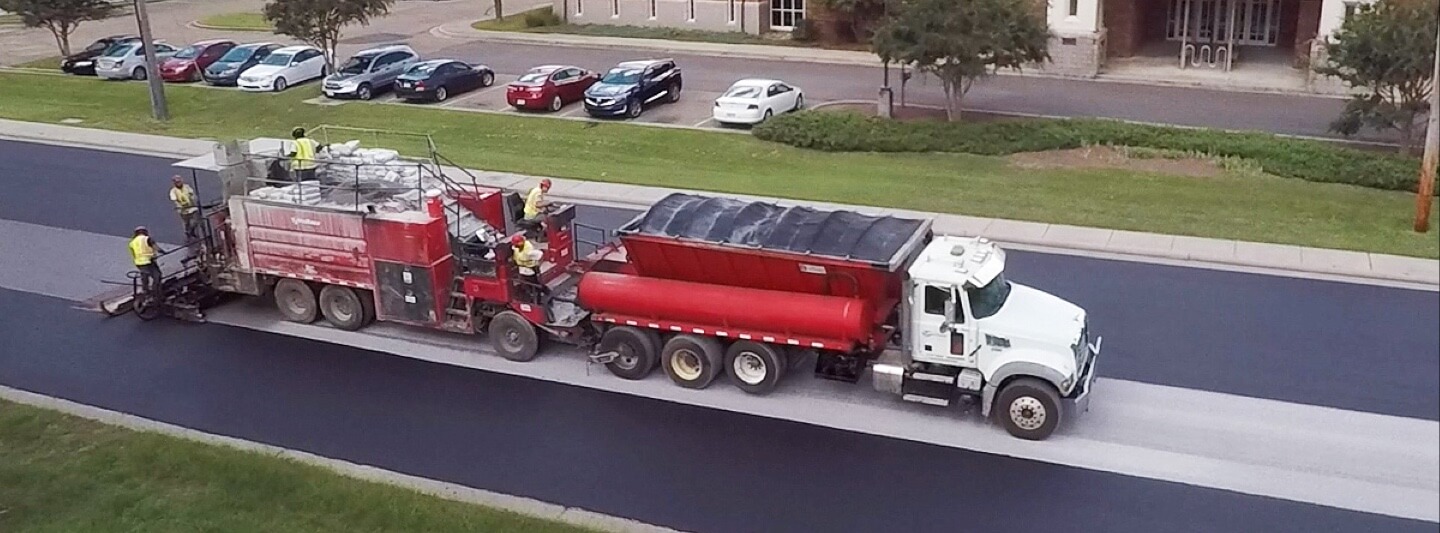
Cape Seal
When two consistently high-performing forces come together, great things happen. Cape seals are an example of just that. The dynamic duo of roadway maintenance, cape seals combine the benefits of both a slurry surfacing system and a chip seal, which enables them to provide more protection and durability as compared to that of other preventative measures alone.
Cape seals reduce life cycle costs by 25 percent when compared to hot mix asphalt overlays and can extend the life of a roadway by roughly 6-8 years by addressing both preventative maintenance and rehabilitation needs. Moderately to severely cracked pavement, loss of friction and water penetration can all be addressed using cape seals. However, they are not recommended for use on unsealed cracks ¼” or greater (unless a scrub seal is used) or for ruts more than ⅜ deep.
A combination of Ergon Asphalt & Emulsions products eScrub (a chip seal system) and eFlex (a premium micro surfacing mixture) can be used in tandem to provide a reliable cape seal treatment.
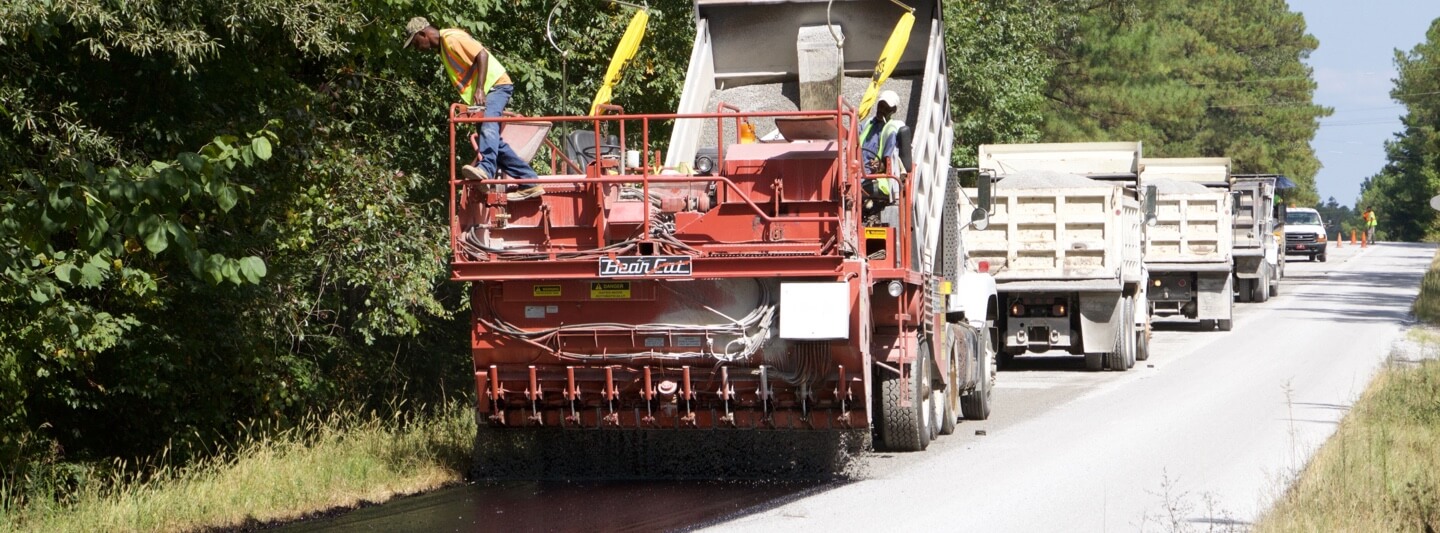
Chip Seal Conventional
Oftentimes, a simple software update can radically improve the performance of an electronic device. A similar theory is true of a conventional chip seal’s ability to revitalize roads. A conventional chip seal is an asphalt binder that is applied on an existing surface, followed by a layer of aggregate chips that are rolled and embedded into the aggregate binder. Conventional chip seals can be used as a method of preventative maintenance or to upgrade a gravel road to a paved road.
Conventional chip seals reduce life-cycle costs by 48 percent and can extend the life of a roadway by roughly 5-7 years, making them a fast, cost-effective way to perform roadway maintenance and upgrades.
Conventional chip seals can be used to treat or prevent areas of oxidation, top-down fatigue cracks, raveling and loss of friction, making it a swift and inexpensive way to complete the project.
While conventional chip seals can be used in several different maintenance scenarios, they should never be used on unsealed cracks greater than ¼” or ruts deeper than ⅜”.
Douglas Gransberg, PhD, completed research on the many different types of chip seals used. He found that conventional chip seals were ideal for roadways with low average daily traffic volume, less than 500 vehicles per day.
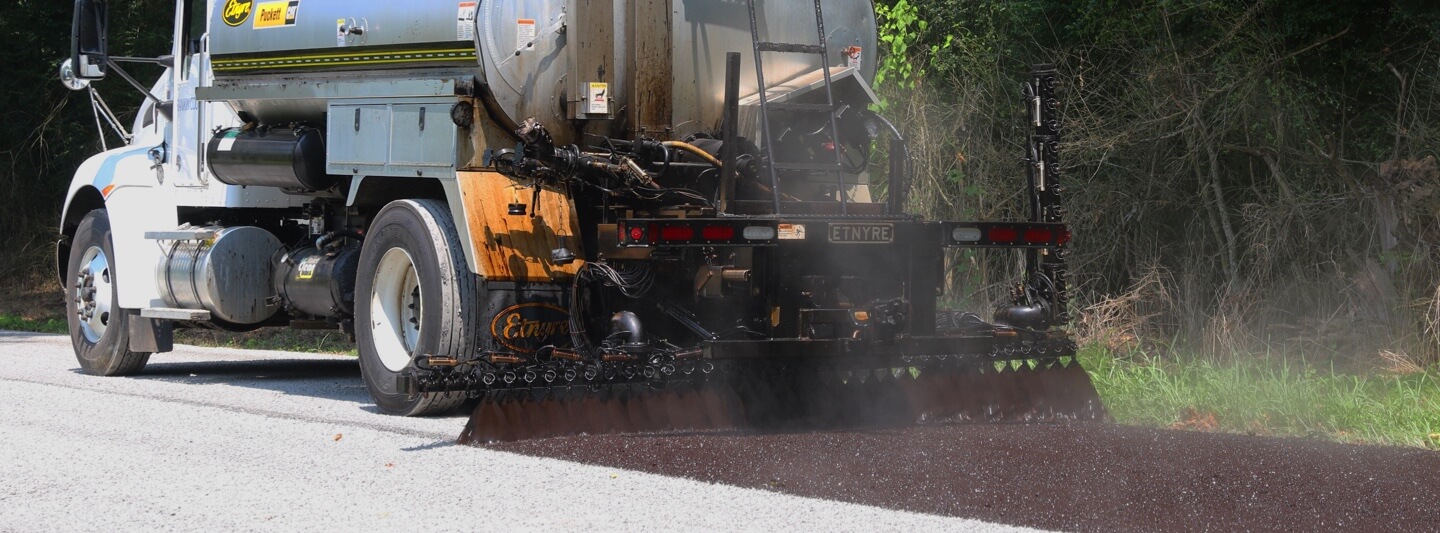
Modified Chip Seal
Modified asphalt and pavement preservation work hand in hand to maintain the public driving experience. A modified chip seal extends the serviceable lifetime of roadways in low to medium distress situations. With a polymer modified asphalt binder as a base, a modified chip seal is ideal for superior aggregate retention that allows for a quick return to traffic.
The use of a modified chip seal extends the life of a roadway by roughly 6-7 years and reduces life-cycle costs.
Modified chip seals can be used to prevent or repair areas of oxidation, top-down fatigue cracks, raveling or loss of friction. However, they are not recommended for unsealed cracks larger than ¼” or ruts deeper than ⅜”. The benefits of modified chip seals are not limited to preservation, as they can also be used to update a gravel road to a paved road.
Gansberg completed research on the many different types of binders and sealers used for roadway preservation. He found that modified chip seals were ideal for roadways with medium to high daily traffic volume as they were found to be less likely to break down under higher stress due, in part, to the modified aggregate binder.
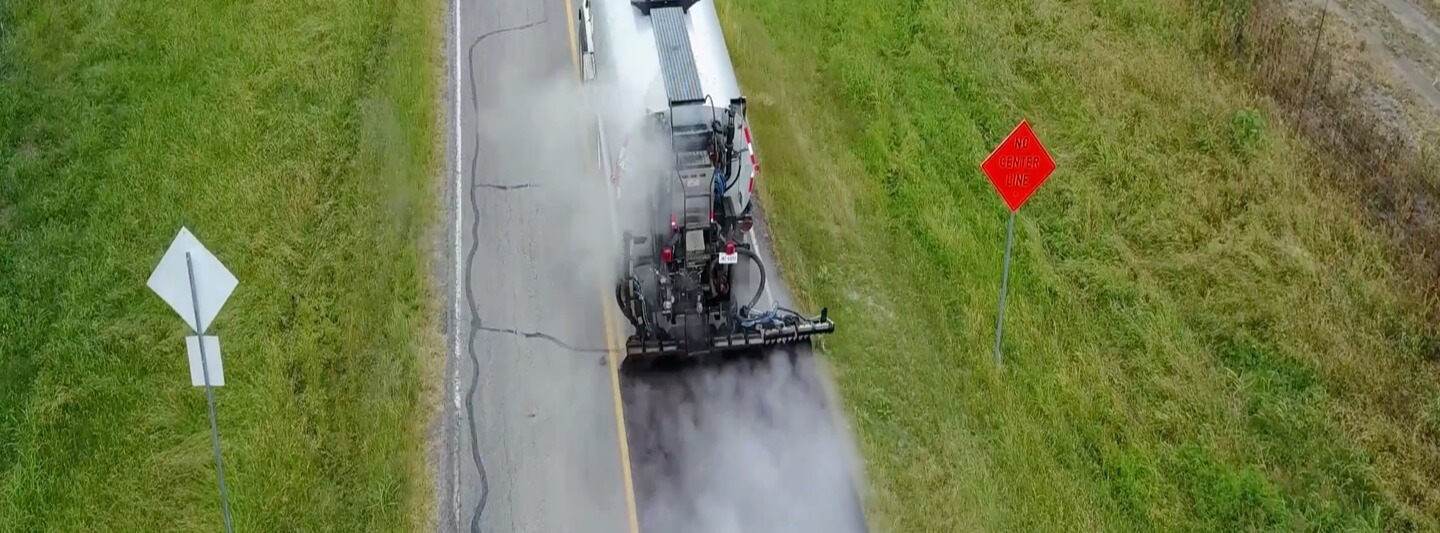
Premium Chip Seal
These days, faster is always better. Premium chip seals solve the need for instant gratification with regard to roadway maintenance and rehabilitation. Premium chip seals work similarly to modified chip seals in their ability to maintain and update roadways – but with a significantly diminished curing time.
Providing 6-7 years of life extension, premium chip seals are a cost-effective and extremely timely way to perform roadway maintenance or upgrades.
Oxidation, top-down fatigue cracks, raveling or loss of friction can be treated with premium chip seals. They can also be used to pave gravel roads at an even faster pace than conventional or modified chip seals.
While premium chip seals are a desirable method of pavement preservation because of their quick curing times, they should never be used on unsealed cracks ¼” or greater or ruts deeper than ⅜".
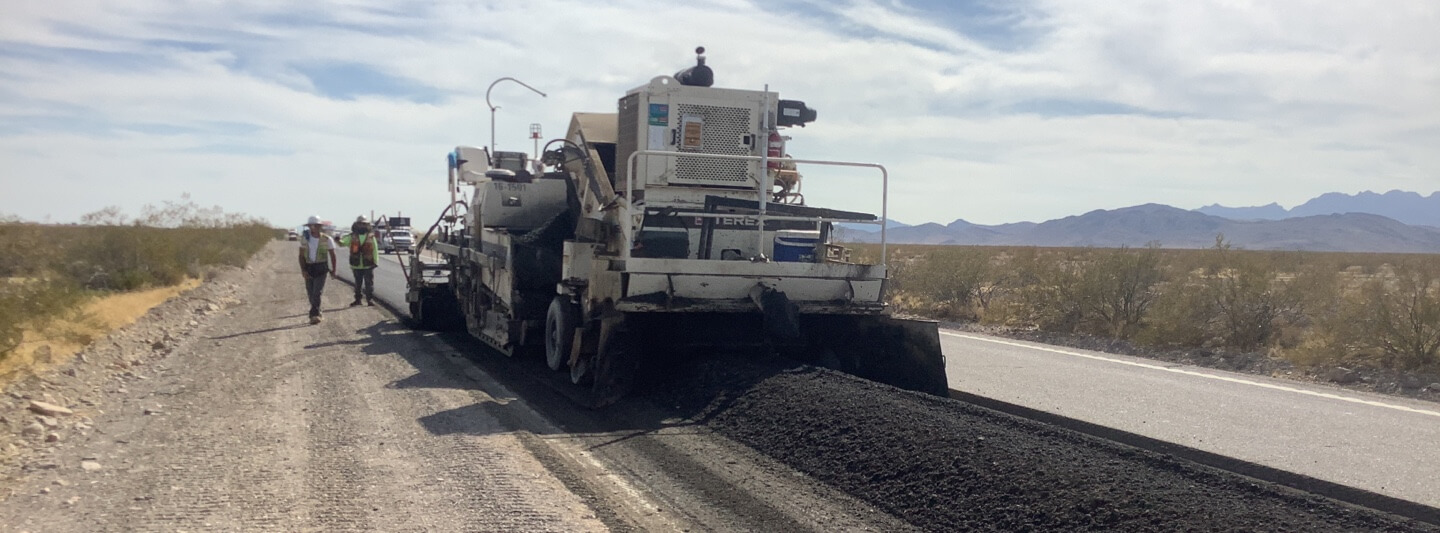
Cold In-Place Recycling
The reach of recycling goes much further than just aluminum cans. Roadways can, and should, also be recycled. Cold In-Place Recycling (CIR) allows for 3-5 inches of the existing pavement to be pulverized into aggregate and mixed with a rejuvenating asphalt emulsion then reused in the resurfacing of the road.
CIR can extend the life of a roadway upwards of 10-15 years at 20 to 50 percent less than conventional maintenance and reconstruction methods, making it one of the most cost-effective ways to completely resurface a road. The entire CIR process only takes a few hours, making it both cost effective and time efficient, as well as easier on the traveling public.
CIR should only be used on pavement that requires a major structural upgrade due to severe cracking, shoving or rutting.
When sourcing materials, Cold In-Place Recycling can be found under the nomenclature CIR-EE.
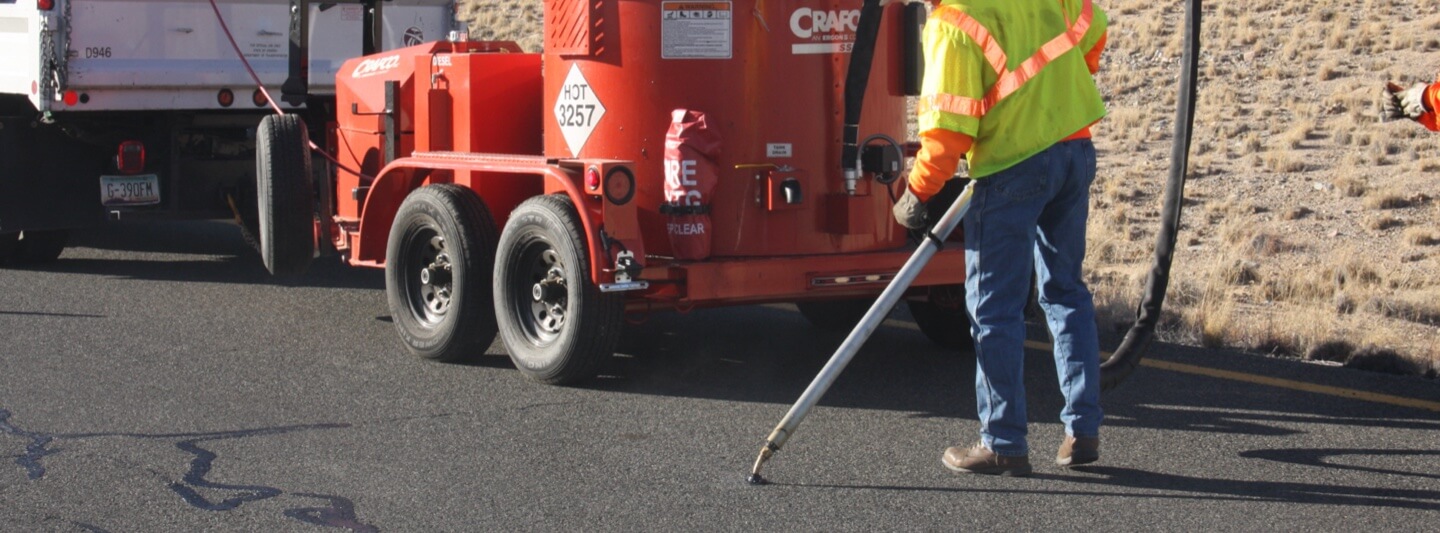
Crack Seal
Everything slows down. Everything, if left unattended, will deteriorate. Pavement is no exception. Treating pavement at the first signs of distress will help prevent minor deterioration from becoming a major headache. Cracking in pavement is inevitable, and if left untreated, can cause massive failures. To prevent this, crack sealing is used as a cost-effective method to treat all types of cracks greater than ⅛”.
Crack sealing is the process of placing an adhesive sealant into cracks on the pavement surface, preventing the infiltration of moisture and non-compressible materials into the pavement.
Crack sealing has proven to be the lowest-cost pavement preservation treatment available for pavement in a state of good repair. One lane mile of crack sealant saves the equivalent of one barrel of crude oil when compared to hot mix paving. Crack sealing can extend pavement service life up to 5 years, making it a secure and cost-effective way to protect the underlying base.
Crack sealing is inherently a reactive treatment, but it does have preventative qualities as well. When performed early and properly, crack sealing will preserve the structural integrity of the roadway, averting water intrusion into the subbase level, while addressing inevitable flaws.
The ideal time to crack seal is in the spring or fall.
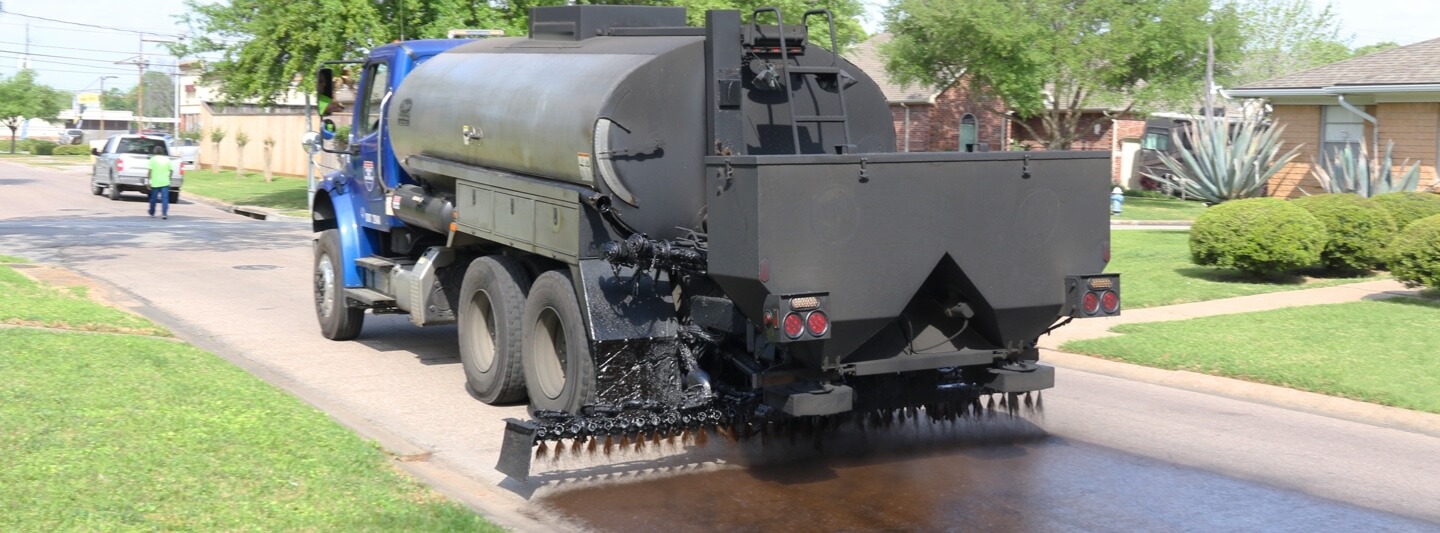
Fog Seal Conventional
The best time to prevent a problem is before it becomes a problem. Similar logic can be applied to road preservation. Conventional fog seals are diluted asphalt emulsion coatings applied to a road via a distributor truck before signs of pavement distress appear, helping to renew the surface asphalt and extend the life of the roadway.
A conventional fog seal can extend the life of a roadway by roughly 1-2 years, making it one of the most cost-effective preventative maintenance treatments. Average cost may vary.
The primary purpose of a conventional fog seal is to preserve pavement. It can be used on all road types to address mild oxidation and raveling and to seal hairline cracks.
A conventional fog seal should not be used on surfaces with low friction resistance and should be used with caution on surfaces carrying traffic over 35mph.
According to a study completed by the Federal Highway Administration entitled “Prevention is the Cure,” the use of fog seals is an easy and cost-effective way to delay roadway breakdowns and further postpone major construction and rehabilitation.
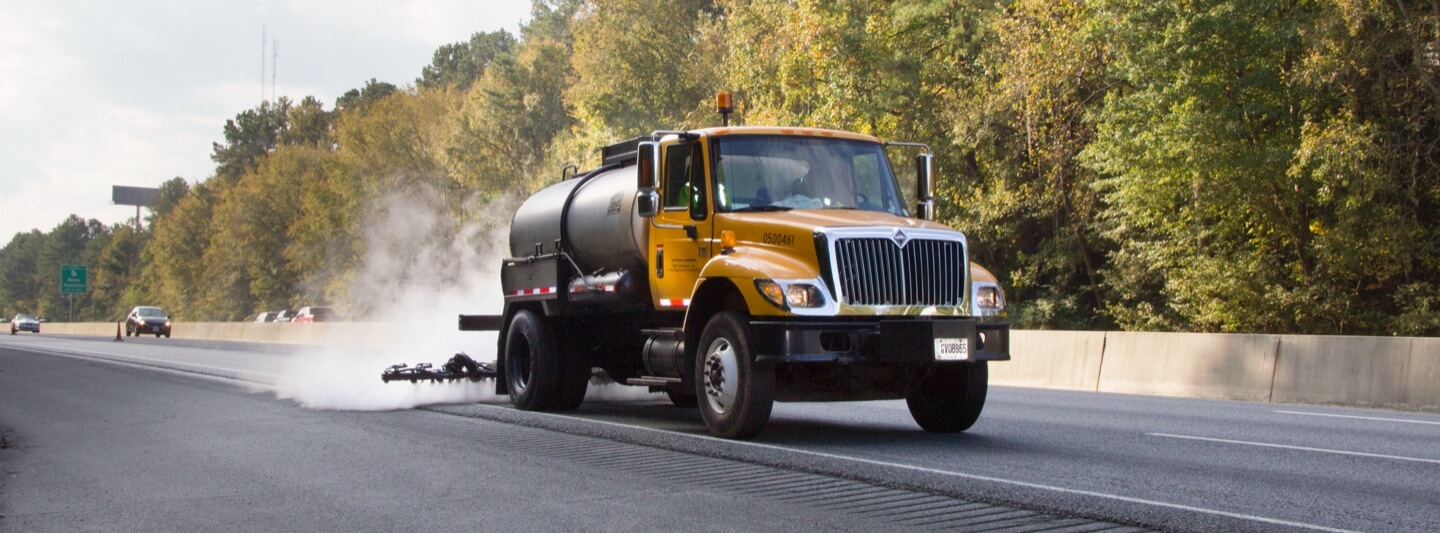
Rejuvenating Fog Seal
Roads break down over time, but eFog, a rejuvenating fog seal developed by Ergon Asphalt & Emulsions, can delay that process. eFog contains a proven rejuvenator and a polymer modified asphalt base that provides a denser film thickness for increased durability and resistance to tracking.
eFog is a cost-effective way to extend the life of a roadway by roughly 2-4 years. Unit cost may vary depending on material availability, application rate, site conditions and the amount of work required to clean and prepare the surface prior to application.
eFog, like conventional fog seals, can be applied to all types of roads (as long as they are not in critical condition). In addition to preventative maintenance, eFog can be used to correct more severe distresses than conventional fog seals, such as oxidation, raveling and top-down fatigue cracks.
According to a study completed by the Federal Highway Administration entitled “Prevention is the Cure,” the use of fog seals is an easy and cost-effective way to delay roadway breakdowns and further postpone major construction.
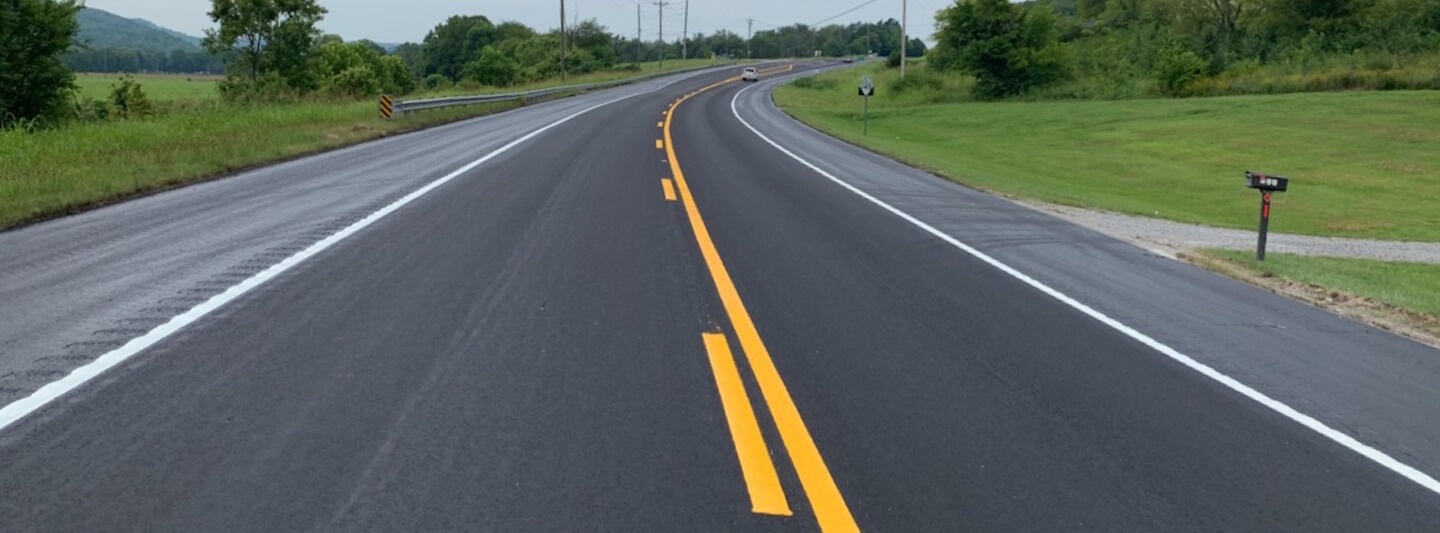
High-Performance Fog Seal
Just like cheese keeps toppings from falling off of a pizza, eFog HP, a high-performance fog seal, keeps aggregate in place following new chip seal applications. eFog comprises a polymer modified, diluted asphalt emulsion coating applied to a road via distributor truck following a chip seal application, helping to further lock down aggregate and extend service life of new chip seals. This high-performance fog seal can also be applied as an alternative to conventional fog seal on dense-graded hot mix surfaces, preventing raveling and delaying the aging process.
A high-performance fog seal is a cost-effective solution that can extend the life of a roadway by 2-4 years.
eFog HP is also trackless, allowing for a cleaner jobsite, and is time-efficient. Its trackless properties help reduce the time construction crews spend on the site, and its polymer content allows for a quick return to traffic.
eFog HP is Ergon Asphalt & Emulsions’ high-performance fog seal treatment.
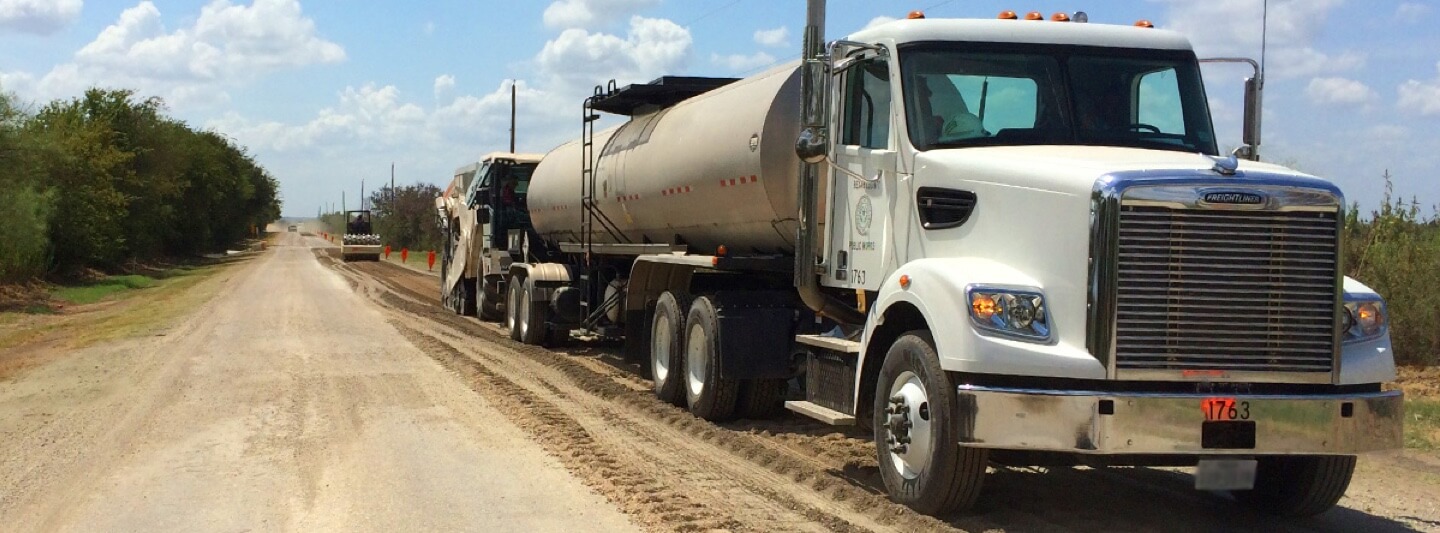
Full Depth Reclamation
Rather than remove and replace, recycling reduces the use of natural resources by reusing materials. Full Depth Reclamation (FDR) is an in-place recycling roadway renovation method that uses the existing base structure of the road. FDR combines the existing pavement with a predetermined portion of the underlying material into a newer, more stable subbase. Roadway flexibility and strength are increased, and susceptibility to moisture and rutting is decreased.
FDR can completely rehabilitate the roadway while utilizing existing materials and is 40 to 80 percent less expensive than alternative reconstruction techniques, making it a cost-effective, long-lasting solution.
FDR uses less materials than reconstruction, requiring fewer vehicles to transport, thereby reducing CO2 emissions and worksite waste. This not only saves time but also reduces the environmental impact.
FDR using asphalt emulsion binder or a combination of emulsion and cement can result in a more flexible roadbed that costs less to maintain over its lifetime.
Engineered emulsion can allow for a return to traffic the same day the treatment is applied, resulting in significant production-related cost savings.

Hot In-Place Recycling
Did you know that cracked and damaged roadways can be reused to create new roadways? Hot In-Place Recycling (HIR) heats the damaged roadway to over 300°F, loosens the surface and then combines the scarified asphalt with a rejuvenating agent (or virgin asphalt) before compacting the mix. The rejuvenated surface can then be overlaid with a new asphalt layer if additional strength is required, or simply sealed with a chip seal, micro surfacing or thin lift asphalt mix. This method helps maintain the structural integrity of the top 2” of roadway while using less material.
HIR can extend the life of a roadway by roughly 7-15 years and is 20 to 40 percent more cost-effective than conventional maintenance/rehabilitation techniques to completely resurface a road. The entire HIR process only takes a few hours, which means it’s not only fast and cost-effective but also easier on the traveling public.
HIR should only be used on pavement that requires a structural upgrade or exhibits large cracks, ruts or loss of friction.

Micro Surfacing
The financial cost to maintain good health is far less than the toll of becoming sick. The same holds true for the health of road systems. Similar to slurry seals but more robust, micro surfacing is a pavement preservation method that can also be used to protect and repair pavement. Micro surfacing is a mix of crushed aggregate, mineral filler and latex modified, emulsified asphalt that is applied by a mobile mix paver. One major difference between conventional slurry seals and micro surfacing is the polymer modification to the emulsified asphalt of a micro surfacing system.
Micro surfacing allows for 25% - 45% life cycle cost reduction compared to major road reconstruction.
Micro surfacing halts oxidation and raveling and can be used to increase surface friction, address profile leveling and fill ruts. When used in reactive maintenance, the same life extension may not be achieved as when using micro surfacing as a preventative treatment. Additionally, micro surfacing should never be used to repair unsealed cracks that are ¼" or greater. Other preservation methods can address this type of road distress.
Micro surfacing is more cost-effective, requires less time to perform than major roadway construction and is only a minor inconvenience to motorists. Best of all, a micro surfacing treatment is eco-friendly. According to an environmental impact study performed by BASF Corporation, micro surfacing is significantly less harmful to the environment as compared to other methods of road reconstruction.
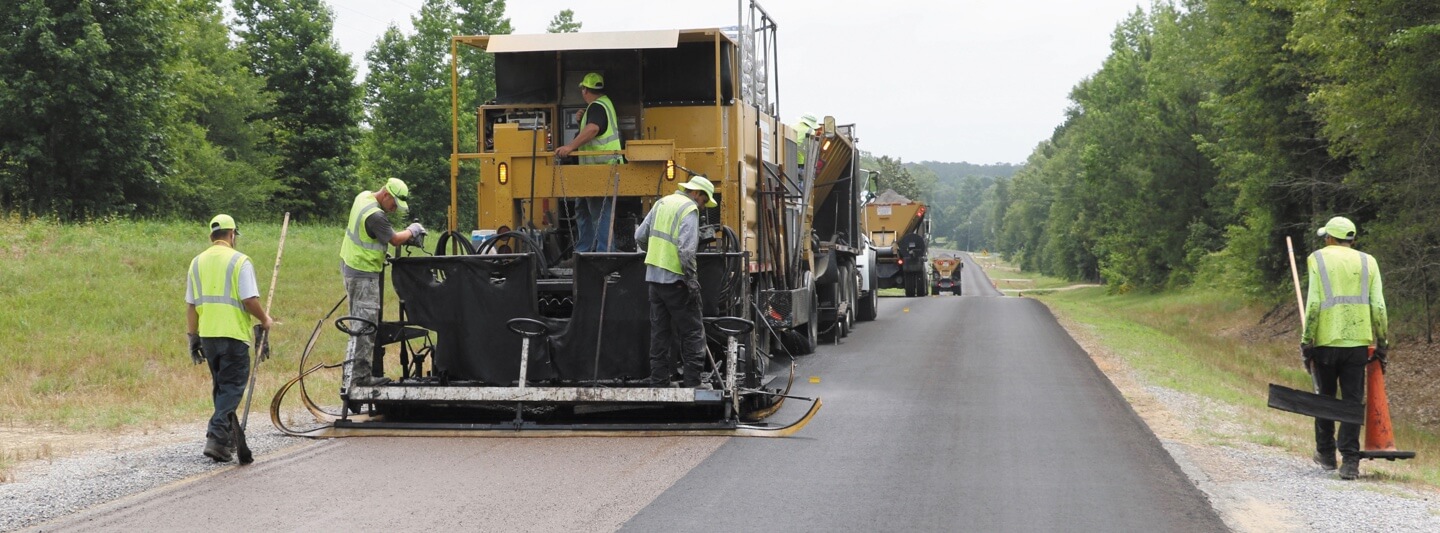
Premium Micro Surfacing
When the going gets tough, eFlex, a premium micro surfacing treatment, is a proven roadway preservation method. More durable than conventional micro surfacing, eFlex is a mix of crushed aggregate, mineral filler and latex modified, emulsified asphalt that is applied via mobile mix paver. The major difference between conventional micro surfacing and eFlex is the significantly higher level of polymer modification.
Premium micro surfacing allows for a life extension roughly 7-9 years at a fraction of the cost of major road reconstruction.
eFlex is often chosen for roadway preservation for several key reasons. Any road type can be micro surfaced, making it versatile to work with. eFlex inhibits oxidation and raveling and can be used to repair ruts, fix minor distresses, level roadway profiles and increase surface friction. Although eFlex can be used for these serious issues, it should not be used to repair unsealed cracks that are ¼” or greater. Other preservation treatments can address that type of distress.
eFlex is Ergon Asphalt & Emulsions’ premium micro surfacing treatment.
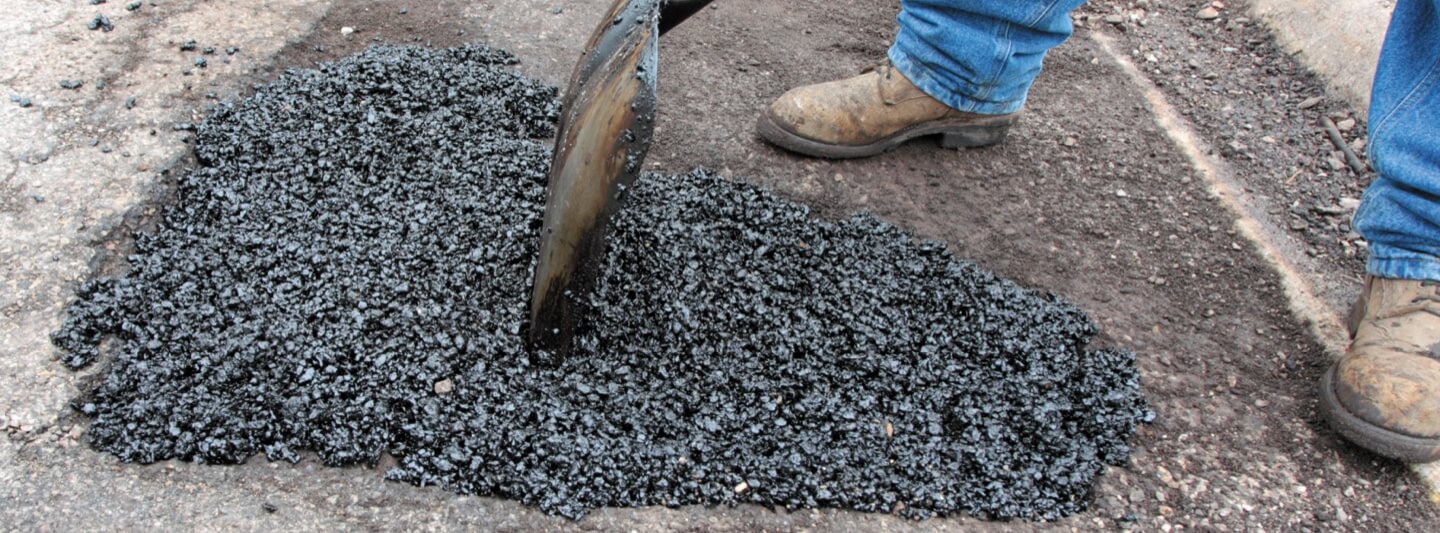
Patching
Adhesive bandages are used to fix a problem; patching a road follows the same idea. While patching does not necessarily help extend the life of the roadway, it does directly address areas of pavement failure and delays major reconstruction.
ePatch, a patching treatment developed by Ergon Asphalt & Emulsions, provides more adhesion, durability, flexibility and extension than a conventional patch.
If an area of a road degrades to a point where driver safety is the prevailing concern, patching may be necessary. The size of the pavement failure directly correlates to the amount of ePatch you will need. While it is typically more expensive to reconstruct roadways, ePatch only costs an average of $90 per ton, which makes it a relatively inexpensive way to address pavement failures.
ePatch can be used on a variety of surfaces, including airfield runways and taxiways, interstate highways, state and county highways, and parking lots.
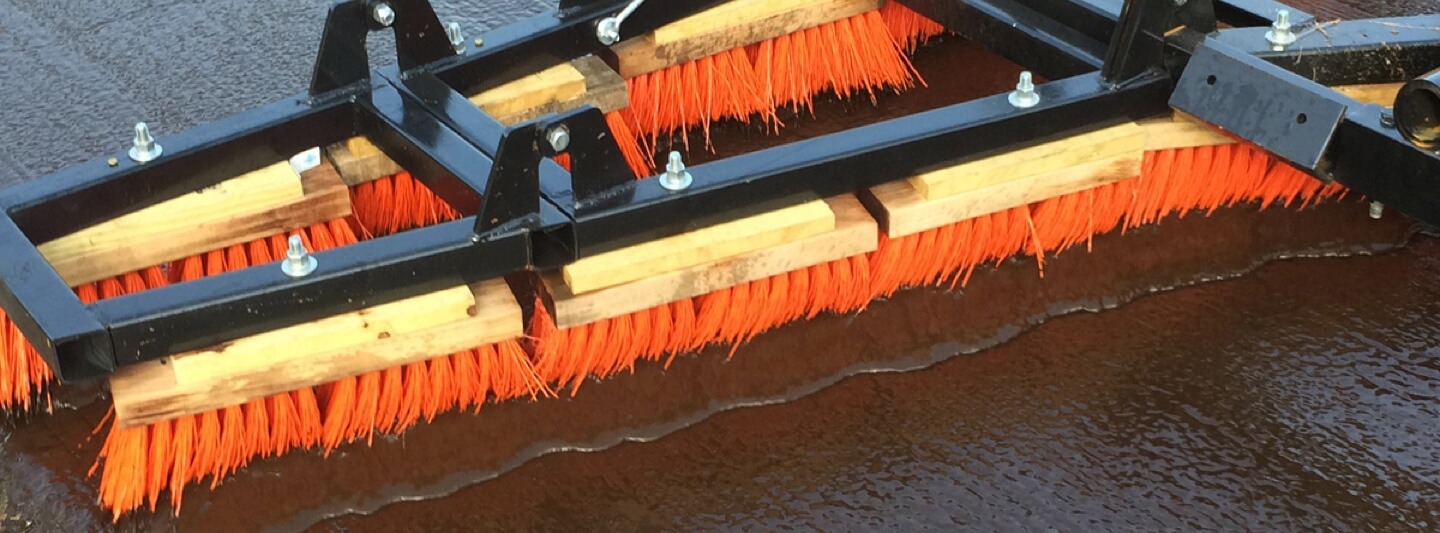
Rejuvenating Scrub Seal
A tune-up can keep the engine of an old car running well at a fraction of the cost of a rebuild. Similarly, eScrub prolongs the life of severely distressed roadways that may seem beyond repair. eScrub, a rejuvenating scrub seal developed by Ergon Asphalt & Emulsions, is a highly modified asphalt binder that is applied over the existing pavement, followed by a layer of aggregate chips that are rolled and embedded into the modified binder. eScrub bridges the gap between routine road maintenance and performing major roadway construction by employing a simultaneous apply and scrub method that can be used to eliminate mass cracking and improve quality and durability on roadways in high distress.
eScrub is able to extend the life of a severely distressed roadway by roughly 6-7 years at less than half the cost of removing and replacing the structure. Specifically, eScrub can repair severe oxidation, top-down fatigue cracks, loss of friction and raveling. It can also seal moderate bottom-up working cracks. While eScrub can be used in places most scrub seals cannot, it cannot be used where ruts are greater than ⅜”.

Conventional Slurry Seal
Similar to healthy living, taking preventative measures is of the utmost importance for the longevity of roadways. One of the most common pavement preservation methods is a slurry seal. A slurry seal is a mixture of asphalt emulsion, aggregate, mineral filler, water and other additives accurately proportioned, mixed and uniformly spread over a prepared surface.
Slurry seals allow for a life extension of roughly 5-7 years for a quarter to a third of the cost of major road reconstruction. In addition, the seal prevents moisture and air intrusion in the pavement and improves skid resistance.
Slurry seals are most often used on state highways, rural roads, county roads and even airport runways due to their high friction coefficient.
Slurry seals are not recommended where ruts are greater than ⅜” or unsealed cracks of ¼” are present.
Slurry seals are less expensive, more convenient for travelers, require less time and are also eco-friendly. According to a study performed by BASF Corporation on the environmental impact of slurry seals, they are less harmful than other methods like hot mix asphalt.
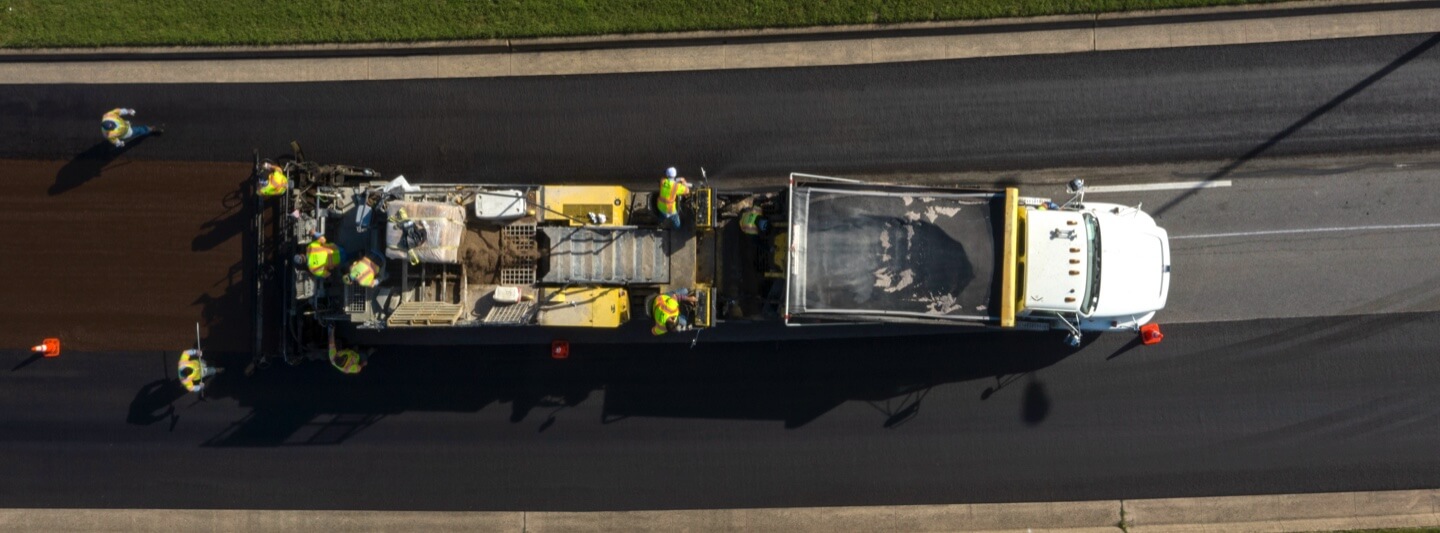
Premium Slurry Seal
eFlex ES is a premium slurry seal emulsion. It is mixed with crushed aggregate, mineral filler, water and other additives, and is simultaneously applied using a mobile mix paver. Due to its high level of polymer modification, eFlex ES provides increased durability over conventional and modified slurries, and also ensures a longer-lasting high-friction surface. eFlex ES is high-temperature tolerant and is suitable for use on residential, collector and arterial streets. It provides protection from distresses sometimes seen in conventional systems such as power steering burns and other damage caused by passenger vehicles and utility vehicles such as school buses and trash trucks. eFlex ES also provides long-term protection from repeated activities such as snowplowing.
Premium slurry seal allows for a life extension of roughly 7-9 years at a fraction of the cost of a mill and fill treatment.
While eFlex ES can be used to fix minor distresses and level road profiles, it is recommended that cracks ¼” or greater be sealed prior to application.
eFlex ES is Ergon Asphalt & Emulsions’ premium slurry seal treatment.
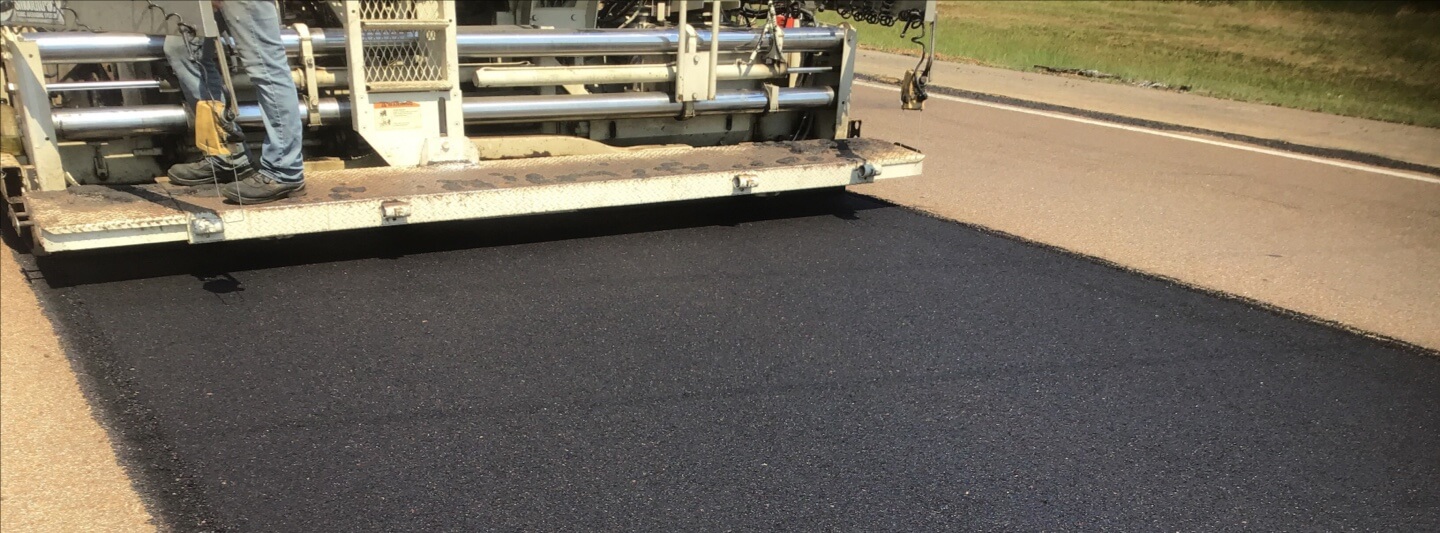
Ultra-Thin Lift Overlay
Applying a fresh coat of paint is a simple, cost-effective way to repair minor aesthetic issues on a house. Ultra-thin lift overlays provide a similar benefit for roads. Ultra-thin lift overlays address functional problems as part of pavement preservation, as opposed to increasing the overall strength of a pavement structure. This treatment is recognized as surface mixes of 1.0” or less compacted thickness used as part of a simple overlay or as part of a mill and fill operation.
Compared to traditional worst-first approaches, ultra-thin lift overlays allow for an increase in the life span of any type of roadway by roughly 8-10 years for a low life-cycle cost. Ultra-thin lift overlays can also be recycled, restore skid resistance and be quickly applied to provide a quiet, smooth roadway that can handle heavy traffic. By treating minor distresses, the cost of road upkeep is far lower than waiting until a major rehabilitation is needed.
If unsealed cracks larger than a ¼” or ruts greater than a ½” are present, an ultra-thin lift overlay is not sufficient and other treatments may be needed.